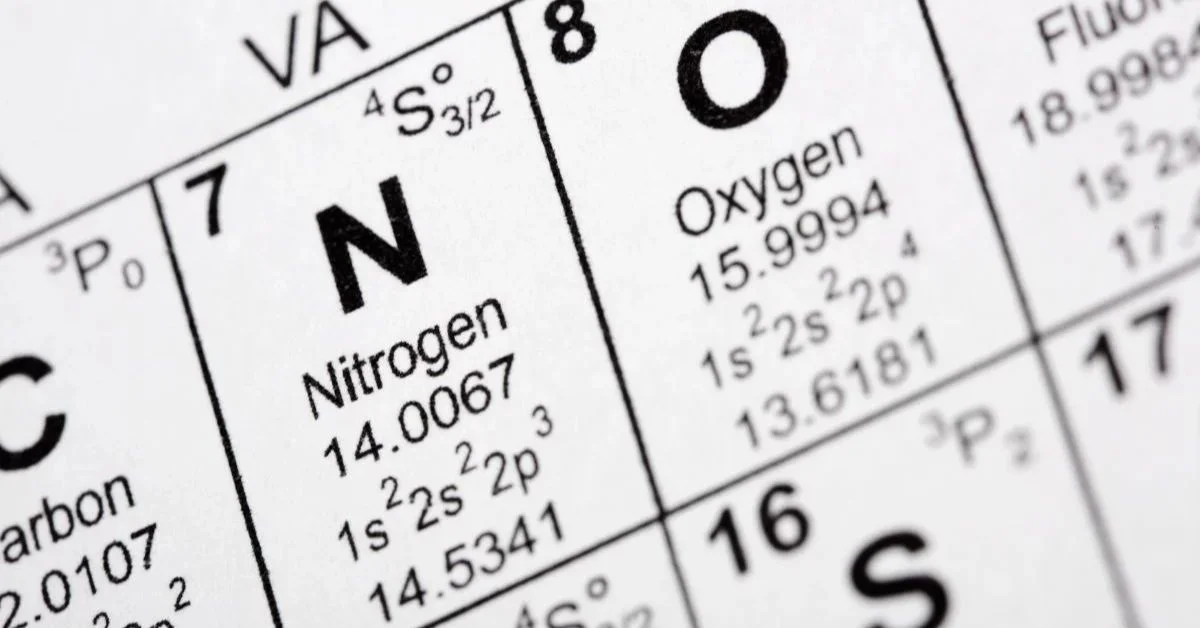Nitrogen inerting is a critical process that has found its place in various industries for ensuring safety, quality, and environmental sustainability. This article delves into the significance of nitrogen purging as a sustainable solution, exploring its applications across different sectors.
Understanding Nitrogen Inerting
Nitrogen purging is a technique that involves replacing or diluting the oxygen content in a confined space with nitrogen gas. This reduces the risk of combustion or oxidation, making it invaluable for industries where maintaining a controlled atmosphere is crucial.
Applications in Food Preservation
Enhancing Shelf Life
One of the most significant applications is in the food industry. It plays a pivotal role in preserving the freshness and extending the shelf life of packaged food products. When it is used to displace oxygen within food packaging, it prevents oxidative deterioration and maintains the quality and flavour of the contents.
Minimising Food Waste
Implementing this not only ensures the preservation of food products but also contributes to reducing food waste. Preventing premature spoilage aligns with sustainability goals by minimising the need for disposal, thereby conserving valuable resources.
Inerting for Chemical Processes
Safe Chemical Handling
Nitrogen inerting is extensively used in the chemical industry to safeguard against hazardous reactions. It is employed when transferring, storing, and transporting reactive chemicals to prevent accidental ignition or combustion. This safety measure is crucial in minimising the environmental impact of chemical accidents.
Reducing Environmental Risks
The adoption minimises the risk of chemical spills and emissions, thus reducing the potential for soil and water contamination. This protects the environment and upholds industry standards for responsible chemical management.
Nitrogen Inerting in Oil and Gas
Preserving Pipelines and Tanks
In the oil and gas sector, it is employed to maintain the integrity of pipelines, storage tanks, and other equipment. By displacing oxygen, it prevents the formation of explosive mixtures and the corrosion of metal surfaces. This not only ensures safety but also prolongs the lifespan of critical infrastructure.
Environmental Conservation
Moreover, using nitrogen inerting in the oil and gas industry aligns with environmental conservation efforts. By mitigating the risk of gas leaks and explosions, it reduces the release of harmful pollutants into the atmosphere, contributing to cleaner air and a more sustainable future.
Pharmaceutical Applications
Protecting Pharmaceuticals
In the pharmaceutical industry, nitrogen inerting is indispensable for safeguarding the quality and potency of medications. Creating an oxygen-free environment prevents oxidation and degradation, ensuring that pharmaceutical products remain effective throughout their shelf life.
Supporting Sustainable Healthcare
Nitrogen inerting plays a crucial role in preserving the effectiveness of medications while promoting sustainable healthcare practices. By extending the shelf life of pharmaceuticals and preventing premature deterioration, it reduces the need for frequent disposal of expired drugs, thereby minimizing pharmaceutical waste and its environmental impact. This approach helps healthcare facilities optimize resources and lower the carbon footprint associated with drug disposal. As a result, nitrogen inerting supports global efforts toward responsible healthcare and highlights its significance in both medical and environmental sustainability.
Nitrogen Inerting in Electronics Manufacturing
Electronics manufacturing relies on nitrogen inerting to protect sensitive components and soldering processes. By eliminating oxygen, it prevents oxidation and ensures the reliability of electronic devices. This is vital for reducing electronic waste and promoting sustainable consumption.
Conclusion
In conclusion, nitrogen inerting emerges as a green solution with far-reaching applications across various industries. Its role in enhancing food preservation, ensuring chemical safety, protecting critical infrastructure, preserving pharmaceuticals, and supporting electronics manufacturing underscores its significance in promoting sustainability. It contributes to a more sustainable future by reducing waste, preventing environmental hazards, and extending the lifespan of products and equipment. Its versatility and eco-friendly attributes make it an essential tool for greener, safer, and more responsible industrial practices. As industries prioritise sustainability, nitrogen inerting will undoubtedly play a pivotal role in achieving these goals.









